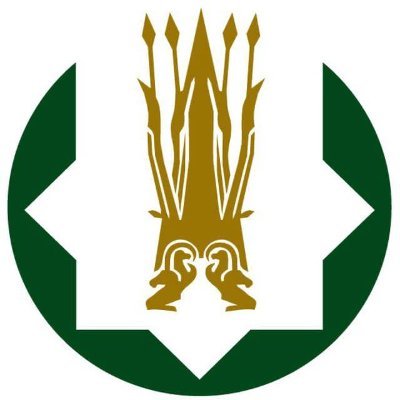Scientists find temperate planet in nearby system full of rocky worlds


A tiny red star not far from Earth is turning out to be a heavyweight in the search for rocky worlds.
Nestled just 35 light-years away in space, the star L 98-59 is home to a tight-knit pack of exoplanets, including one that now appears to orbit at just the right distance to harbor liquid water.
Using data from NASA’s TESS space telescope and a pair of high-precision instruments in Chile, scientists led by the Université de Montréal have confirmed a fifth planet in the system — and this one is in the so-called habitable zone. The team thinks it could receive as much warmth from its star as Earth does from the sun.
And it’s not alone. The L 98-59 system already has a reputation for its wide variety of intriguing exoplanets.
"With its diversity of rocky worlds and range of planetary compositions, L 98-59 offers a unique laboratory to address some of the field’s most pressing questions," said René Doyon, one of the study's researchers, in a statement. "What are super-Earths and sub-Neptunes made of? Do planets form differently around small stars? Can rocky planets around red dwarfs retain atmospheres over time?"
Red dwarf stars like L 98-59, sometimes referred to as M-type stars, are the most ubiquitous kind in the Milky Way, yet nobody knows whether planets closely orbiting them can hold onto atmospheres, Néstor Espinoza, a Space Telescope Science Institute researcher, previously told Mashable. Though these host stars aren't as hot as the sun, nearby worlds would be exposed to their extreme stellar radiation.
Most astronomers agree that detecting atmospheres in general is crucial in the search for habitable worlds. NASA has playfully called Earth's own atmosphere its "security blanket": Without it, the type of life flourishing here wouldn't exist. This cocoon holds oxygen in the air and filters out harmful ultraviolet radiation from the sun, all while keeping the world warm. Furthermore, it creates pressure that allows liquid water to pool on the surface.
Espinoza is a leader in the new massive James Webb Space Telescope study of rocky worlds, specifically to find out if planets around red dwarfs could have air. The campaign, first reported by Mashable, will take a closer look at a dozen nearby-ish planets outside the solar system over the next two years.
One of the exoplanets in the L 98-59 system, located in the constellation Volans, has already gotten a first look from Webb. A separate research team revealed that L 98-59 d, a bit larger and heavier than Earth, could have a sulfur-rich atmosphere that reeks of burnt matches and rotten eggs. Agnibha Banerjee, one of the researchers, said the team will need more observations to confirm those findings.
"If these findings can be confirmed and turn out to be true, this planet won't be pleasant on human noses," Banerjee previously told Mashable. "Then again, if a human in the far future were to ever visit, the smell would be the least of their problems — in the midst of crushing pressure, boiling temperatures, and toxic gases."
The latest discovery by the Montreal team of a fifth planet, known as L 98-59 f — along with insights into its planetary neighbors — will be presented in a new paper accepted for publication in The Astronomical Journal.
"These new results paint the most complete picture we’ve ever had of the fascinating L 98-59 system," said Charles Cadieux, first author of the paper, in a statement. "It’s a powerful demonstration of what we can achieve by combining data from space telescopes and high-precision instruments on Earth, and it gives us key targets for future atmospheric studies with the James Webb Space Telescope."

To discover the planet, the scientists didn't need new telescope time. Instead, they used cutting-edge techniques to squeeze more juice out of existing data. For instance, L 98-59 f doesn’t cross in front of its star from Earth's point of view, making it invisible to planet-hunting cameras. But researchers were able to detect it through subtle wobbles in the star’s motion, caused by the tug of the unseen planet’s gravity.
By combining and reanalyzing records, they also dramatically improved estimates of the other planets’ sizes, weights, and orbits. One planet is smaller and lighter than Earth — a rare confirmed "sub-Earth" — while others show signs of being rich in water or heated by internal volcanic activity like Jupiter's moon Io, thanks to gravitational stretching.
Many planet hunters haven't been this optimistic about the search for habitable worlds since the tantalizing TRAPPIST-1 system.
"With these new results," said coauthor Alexandrine L'Heureux in a statement, "L 98-59 joins the select group of nearby, compact planetary systems that we hope to understand in greater detail over the coming years."















































